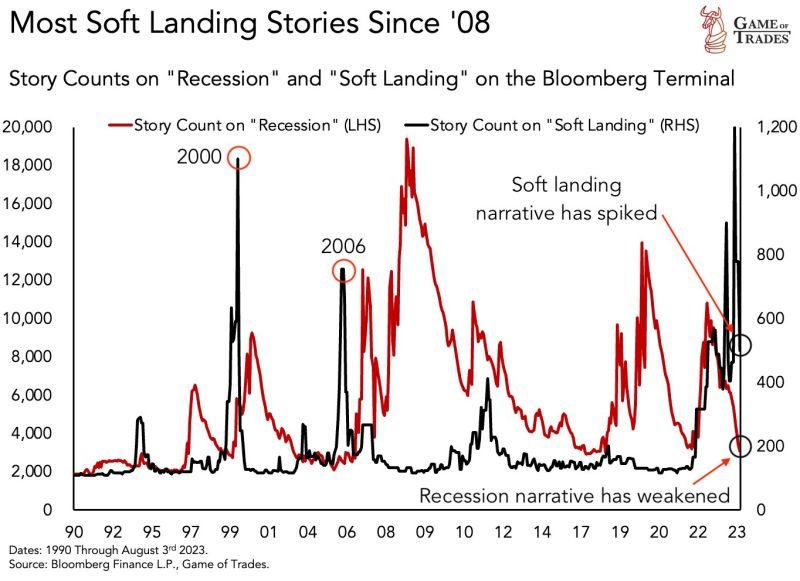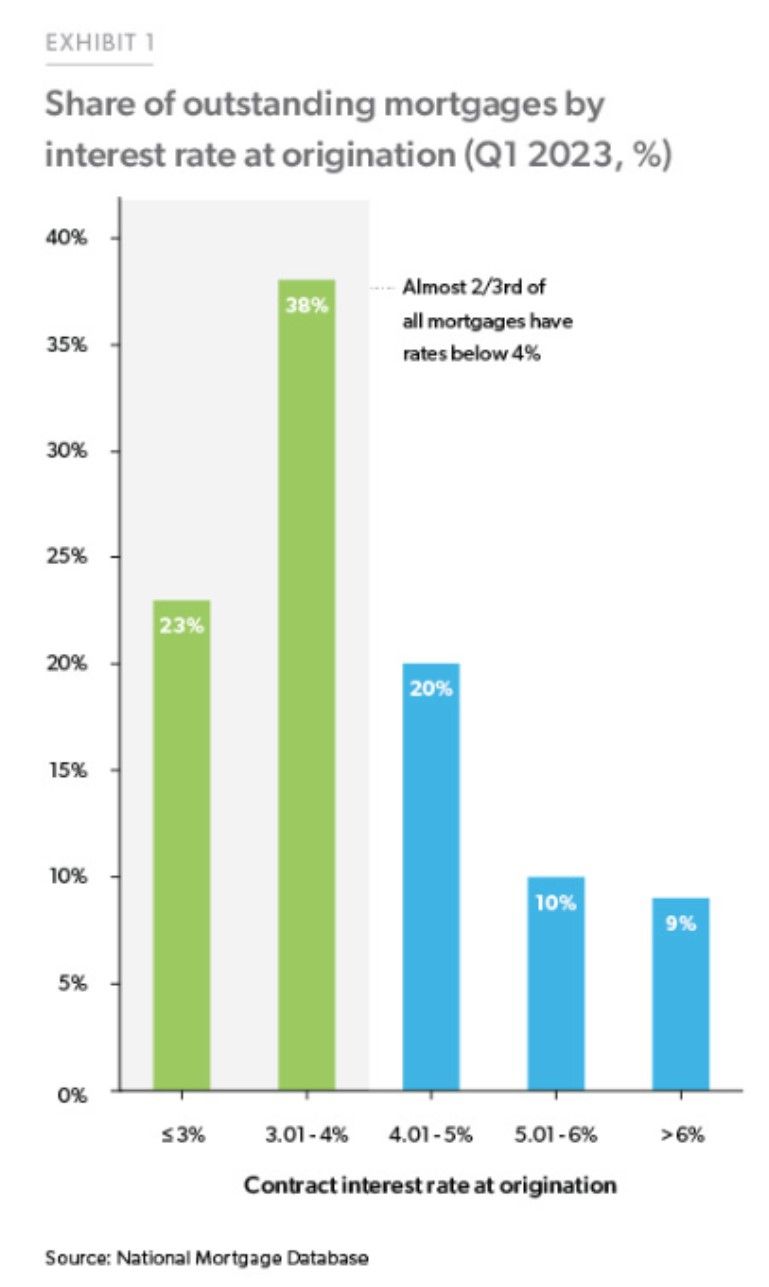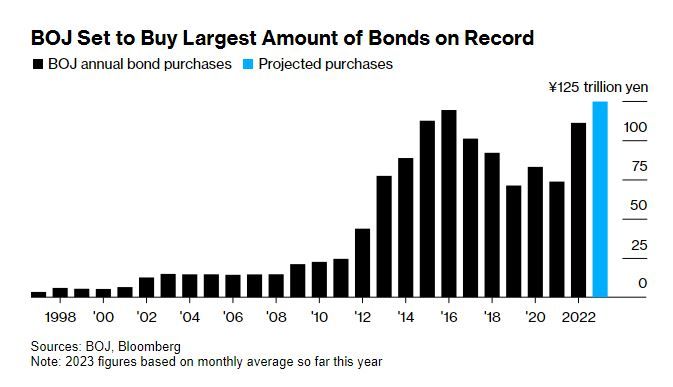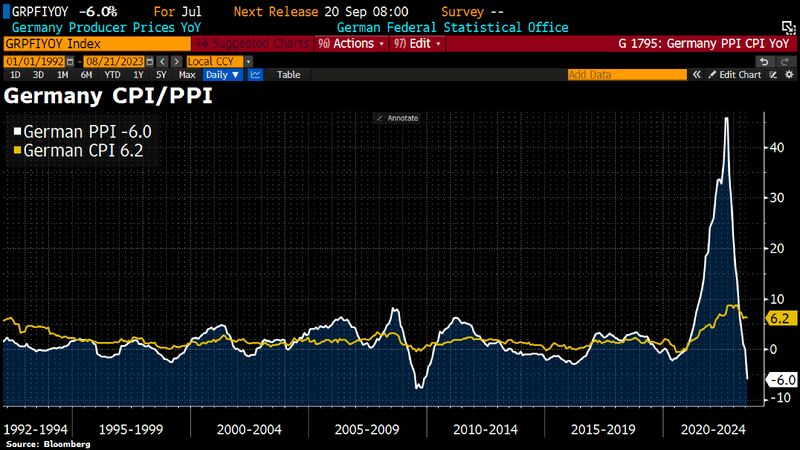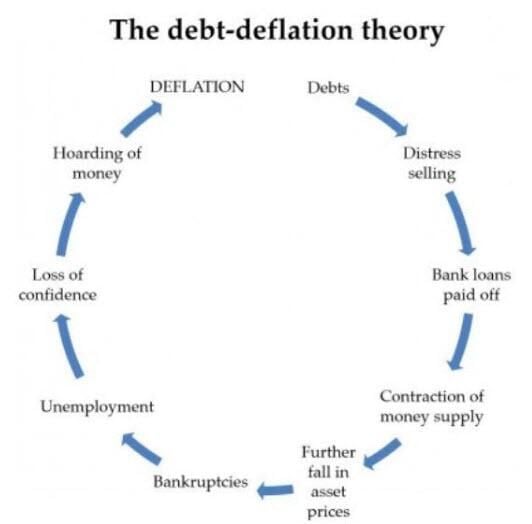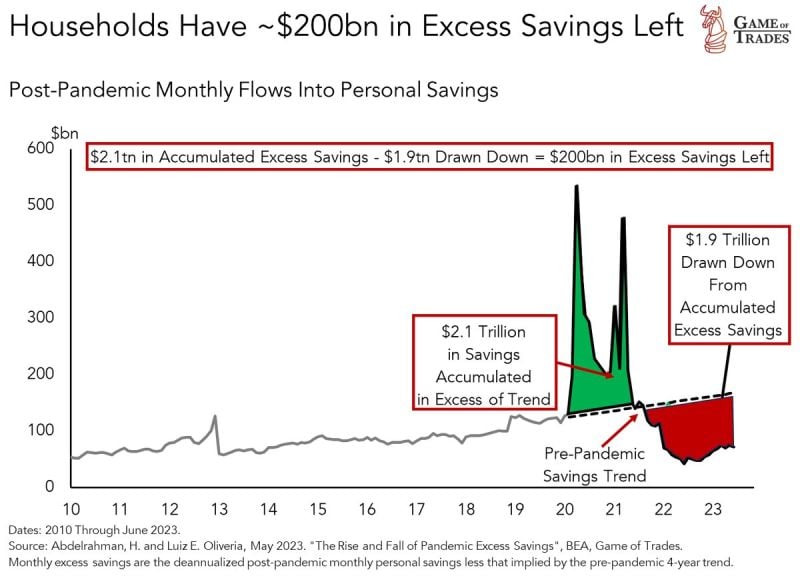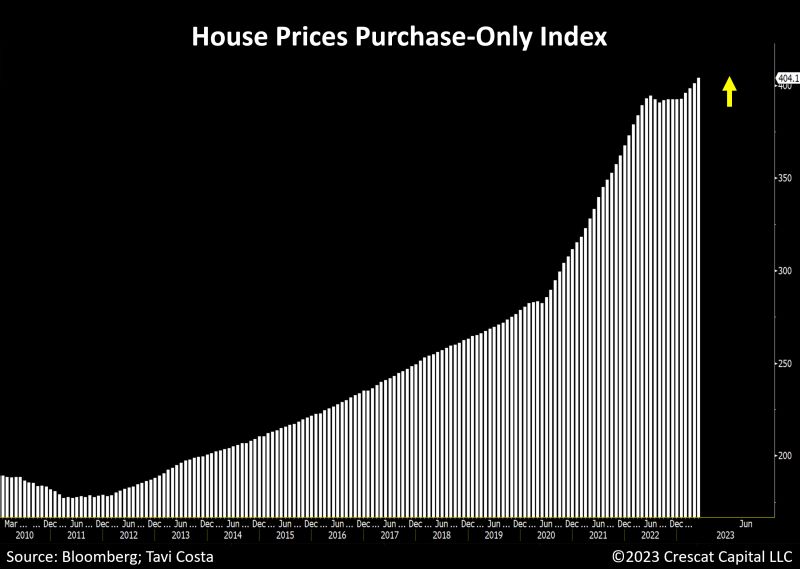Straight from the Desk
Syz the moment
Live feeds, charts, breaking stories, all day long.
- All
- us
- equities
- Food for Thoughts
- macro
- sp500
- Bonds
- Asia
- bitcoin
- Central banks
- markets
- technical analysis
- investing
- inflation
- europe
- Crypto
- interest-rates
- Commodities
- geopolitics
- performance
- gold
- ETF
- tech
- nvidia
- AI
- earnings
- Forex
- Real Estate
- oil
- bank
- FederalReserve
- Volatility
- apple
- nasdaq
- emerging-markets
- magnificent-7
- energy
- Alternatives
- switzerland
- trading
- tesla
- sentiment
- Money Market
- russia
- assetmanagement
- France
- UK
- china
- ESG
- Middle East
- amazon
- ethereum
- microsoft
- meta
- bankruptcy
- Industrial-production
- Turkey
- Healthcare
- Global Markets Outlook
- recession
- africa
- brics
- Market Outlook
- Yields
- Focus
- shipping
- wages
"Soft landing" narrative is now the consensus. This also happened in 2000 and 2006...
Source: Game of Trades
Wage inflation: UPS workers approve massive new labor deal with big raises. The deal passed with 86.3% of votes, the highest contract vote in the history of Teamsters at UPS, according to the union
Under the new agreement: 1. Part time workers will make no less than $21/hour, up from a minimum of $15.50 currently, 2. Full time workers will average $49/hour. Current workers will get $2.75 more an hour this year and $7.50 an hour more over the five-year contract. 3. UPS drivers will average $170,000/year 4. Contract impacts ~340,000 workers 5. The company cut its full-year revenue and margin forecasts, citing the “volume impact from labor negotiations and the costs associated with the tentative agreement.” UPS has put $30 billion aside for this new contract
Over 60% of outstanding US mortgages have an interest rate below 4%. Current average 30y mortgage rate is north of 7.5%...
This is the 1 factor driving the limited housing supply as many of these homeowners can't afford to move... Source: Charlie Bilello, National Mortgage Database
Disinflationary forces are intensifying in Germany
Producer Prices drop for 1st time since 2020, a good leading indicator for Consumer Prices. In July, producer prices (PPI) fell by 6.0% YoY, the biggest decline since October 2009, when the financial crisis has caused prices to collapse. Last year, the prices received by manufacturers for their goods had at times risen at a record rate of 45.8%. Source: HolgerZ, Bloomberg
Looking at the recent sales transactions, house prices have accelerated significantly in the last 4 months to record levels, now growing at almost a 10% annualized rate
As a remainder, shelter costs / rents jave been putting upward pressure on core CPI and are expected to ease. Really? Source: Tavi Costa, Crescat Capital, Bloomberg
Investing with intelligence
Our latest research, commentary and market outlooks


